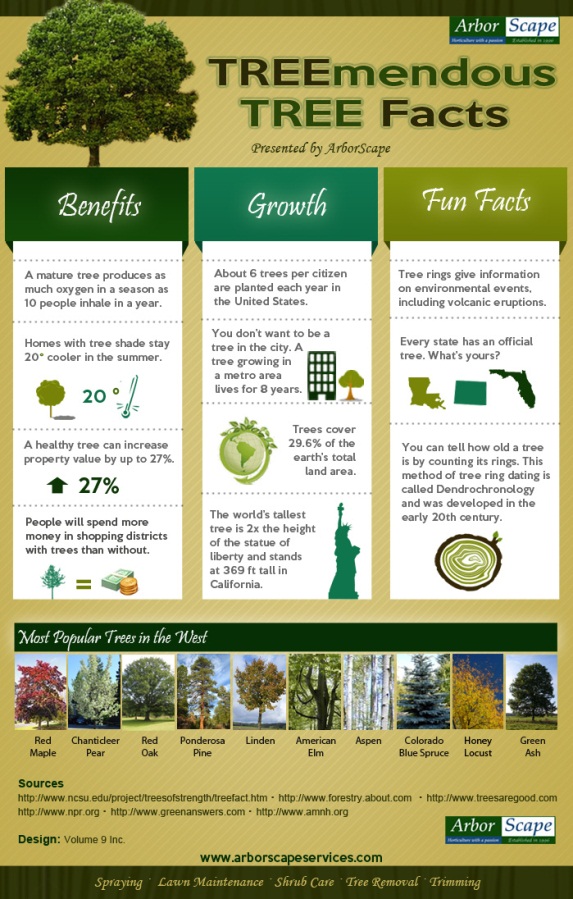Hints That Suggest Tree Removal: Exactly How To Area Hazardous Trees
Hints That Suggest Tree Removal: Exactly How To Area Hazardous Trees
Blog Article
Web Content Writer-Truelsen Emerson
When it involves tree care, identifying the indicators that it's time for elimination is vital for your safety and home. You may discover tarnished fallen leaves, wilting branches, or strange fungal developments showing health problems. Architectural concerns, like a considerable lean or cracks in the trunk, can additionally present risks. Recognizing https://sergiormgav.digitollblog.com/35090819/pruning-trees-seasonally-timing-and-techniques-for-optimum-development can assist you make educated choices about your trees and protect against potential threats hiding in your yard. What should https://www.presstelegram.com/coastal-commission-charges-long-beach-with-pattern-of-illegal-tree-trimming seek next?
Signs of Decay and Disease
When you observe signs of decay and disease in your trees, it's essential to act quickly. Try to find discolored leaves, wilting branches, or unusual growths like fungus. These can suggest that your tree is struggling.
If you see cracks in the bark or soft, mushy timber, these signs suggest inner decay. In addition, an abrupt boost in bugs around your tree can signify that it's damaged and prone.
Check for any type of dead or passing away limbs, as they pose a risk to your building and safety and security. If you doubt about what you see, seeking advice from an arborist can offer quality.
Attending to these indicators early can save you from a lot more comprehensive damage and make sure the health of your yard. Don't wait until it's far too late.
Structural Instability and Leaning
As you observe your trees, watch out for any indicators of structural instability or leaning. If a tree leans dramatically, it might indicate that the root system is jeopardized.
Look for any kind of splits in the trunk or dirt around the base; these can indicate potential failure. Furthermore, look for uncommon development patterns, like an unbalanced crown, which might suggest that the tree is struggling to hold itself upright.
If you notice that the tree leans toward your home, high-voltage line, or other structures, it positions a higher danger. Don't neglect these indications-- speak with an arborist to assess the scenario.
Doing something about it early can avoid costly damage and ensure your safety and security.
Dead or Dying Branches and Foliage
If you see dead or passing away branches and foliage on your tree, it's a clear indicator that something's wrong.
These undesirable areas can indicate underlying issues like disease, pest invasions, or environmental stress. When branches shed their fallen leaves or transform brown, they're no longer adding to the tree's health. Disregarding these signs might bring about more decrease, making your tree a lot more dangerous.
Dead branches can easily break off during storms, positioning a danger to home and individuals nearby. It's essential to analyze the level of the damage.
If the trouble influences a substantial part of the tree, consider getting in touch with a specialist. They can help determine if elimination is needed to ensure safety and preserve the charm of your landscape.
Conclusion
If you observe any indicators of decay, structural instability, or dead branches on your trees, don't ignore them. These signs can pose major safety dangers to you and your home. It's constantly best to speak with an expert arborist who can give a specialist assessment of your trees. Taking Licensed And Insured Tree Removal Near Me can avoid accidents and pricey damage, ensuring your landscape remains risk-free and healthy and balanced. Bear in mind, it's far better to be aggressive about tree care than to wait for a calamity to happen.
